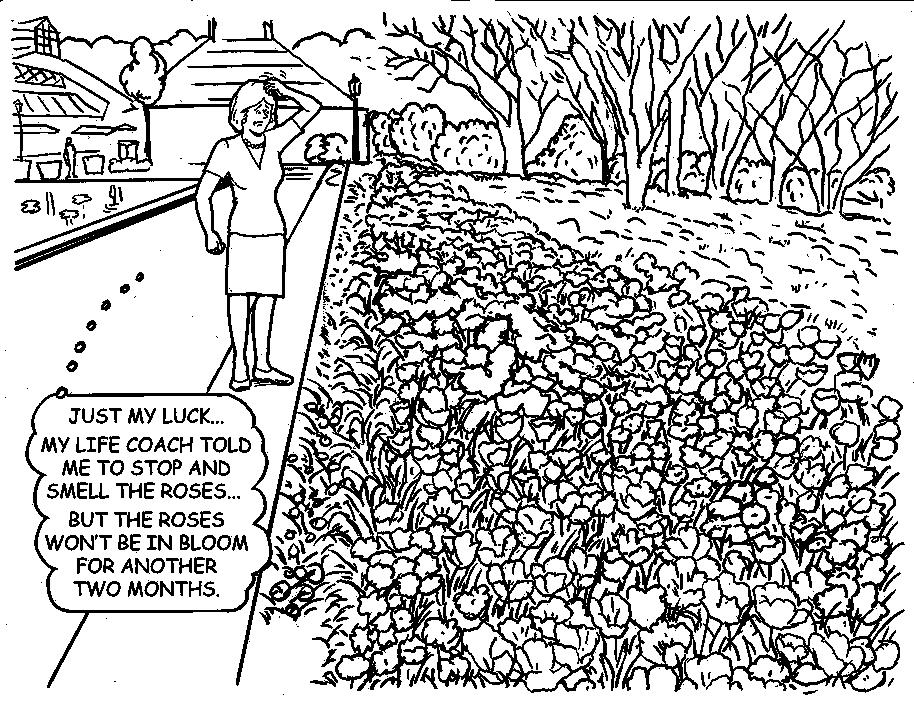Whenever we have a series of overcast and rainy days, it’s easy for me to succumb to the gloom and start to feel down. I began to feel sorry for myself recently and questioned if I was where I wanted to be at this point in my life.
Yes, I’ve enjoyed many wonderful life experiences and reached many of my life goals. As a matter of fact, I now focus my work on helping others create happiness in their lives. And yet, because I’m human, I get sometimes get seduced into looking at the glass as half empty instead of half full.
When I get into such a funk, I don’t like it at first. Sometimes it hurts a lot to feel uncertain, unsure, and unclear. But then I realize that it is a blessing. It keeps me humble and it gives me a project from which I know I’ll eventually emerge as a stronger person and a better coach and writer.
Not only that, my search for relief makes me test new techniques and revisit ones that have worked for me before. That way when I share ideas with you, they come from a real place, not a theory. Sharing my life experiences to encourage you on your journey is what I was called to do.
One thing that I do when I get into these moods is search for motivation and words of encouragement. I was recently drawn to visit one of my favorite websites, TED.com to listen again to Steve Jobs’ 2005 commencement speech at Stanford University.
The point that always resonates with me in this speech is the idea that sometimes you have to drop out in order to drop into what you are called to do. I think about that in my life when I think of endeavors I abandoned because I no longer had passion for them. There are other times when a project appeared to be a failure, but later I saw that it freed me up to something even greater. Jobs urges us to trust the process and the path we are on when we follow our passion.
I invite you to listen to Jobs share three poignant stories from his life. Draw from his stories the lesson that will make a difference in your life. Then share in the comments a time when you dropped out in order to drop in.
If you enjoyed this article, share it with your social media friends. Thank you.


 Madame C.J. Walker, born Sarah Breedlove in poverty-stricken Louisiana in 1867, went from picking cotton to become the first self-made American woman millionaire. But it was not a straight line.
Madame C.J. Walker, born Sarah Breedlove in poverty-stricken Louisiana in 1867, went from picking cotton to become the first self-made American woman millionaire. But it was not a straight line.

Recent Comments